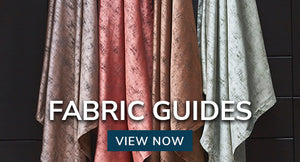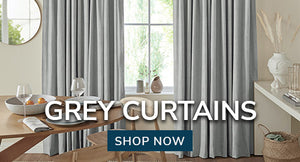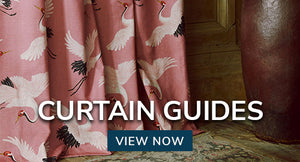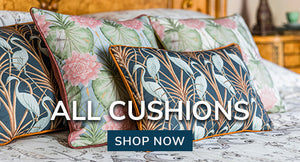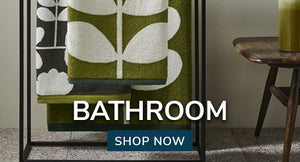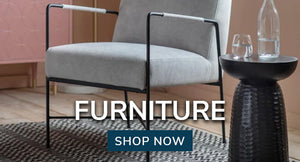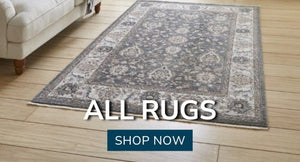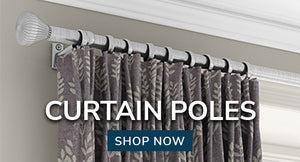Victorian style- skirting boards
Skirting boards are one of the three joinery items found on walls in Victorian houses, the other being picture rails and dado rails. Skirting boards are the only wall joinery item to have survived to the present day.
The humble skirting board has had quite a history. Originally a functional item rather than a feature, it served three very important purposes in the Victorian home. The first was to hide the messy bottom edge of plastered walls which were much more primitive than today’s perfectly smoothed versions.
The second was to protect the plasterwork from damage by heavy furniture and feet. The final, and probably the most important reason, was to hide evidence of rising damp in pre-damp-proof course houses.
Victorians however, never passed up an opportunity to show off their status and wealth. Rooms around the home existed in a hierarchy system, where rooms seen by guests were thought to be of more importance as they provided an opportunity to display ones wares. The size the skirting boards in a room and the detail they contained was often a good marker for the importance placed upon that particular area.
Whereas a parlour was certain to contain ridiculously tall skirting boards, a kitchen would probably have none at all. Rather than being simple plain boards with a simple profile as they are today, they became complex show-pieces. And, together with the plaster coving, were meant to give intimations of the classical decoration found, for example, at the top and bottom of Greek and Roman columns
By late Victorian times the third purpose had been made irrelevant by damp-proof course legislation, and in post-war times the first purpose had been made irrelevant in many properties by the advent of plasterboard construction walls. By this time however, the skirting board, together with the other items of joinery on the wall- the picture rail and the dado, had matured into a finely crafted status symbol and a mainstay in the British home.
The Victorians generally used two types of design for their skirting, architraves, dado rails and picture rails - ogee and torus.
Ogee is an S profile, or a double curve with one being concave and the other convex. Many examples, though, have multiple curves rather than just two. The ogee design is Arabic in origin and was first used in cathedrals in the UK in the 14th century then found its way into middle class homes during the gothic revival period when interior design for homes looked to ecclesiastical buildings for inspiration. Simpler in style but no less effective, the torus consists of a single large convex curve.
Still hugely popular in British homes, both designs are now widely available in most large DIY stores, although ogee designs are generally reserved for architraves, picture rails and dado rails rather than skirting boards. Anyone wanting get the full impact of skirting boards should match them up with other traditional Victorian features such as mantle pieces, pelmet headed curtains complete with curtain holdbacks and oriental rugs over dark wood floors.



